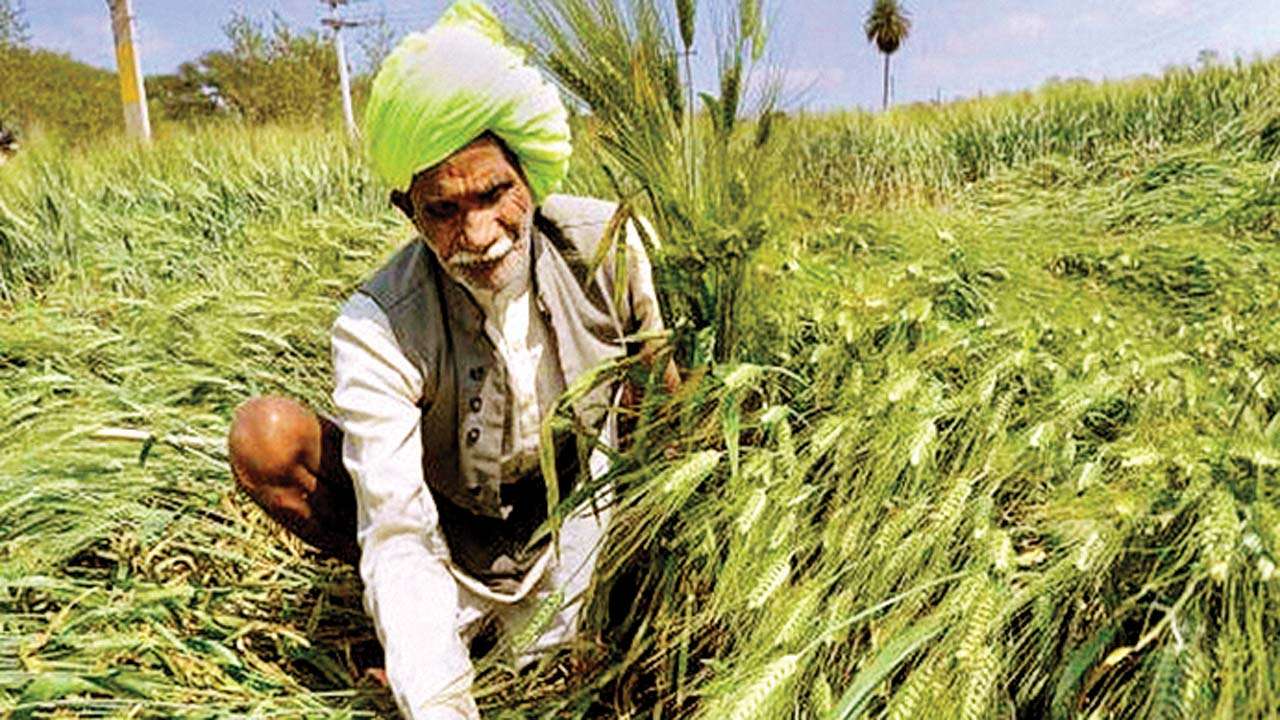
In the previous Union Budget, the government's focus was on improving farm incomes and infrastructure. Hence, allocation to farm procurement and roads sector was increased by 21% and 16% respectively. Ministry-wise spending in the year also shows that the government's focus has been maintained on farmers, health, roads and rural infrastructure.
In the FY20 Union Budget, the focus on rural and farm incomes will be even higher as the government approaches election in a few months. In the last two years, various state governments have waived farm loans of Rs 2.6 trillion (1.4% of GDP). Even middle class Indians may have something to cheer as the government looks at increasing income tax exemption.
Tax exemptions imply income tax revenues are likely to increase by 18% in FY20 compared with 20% in FY19. Corporate tax collections are expected to increase by 15% in FY20 slightly lower than run-rate of 16.6% in FY19. Indirect tax collections are likely to increase by 8% versus 6% in FY19 as the list of 28% GST slab is further pruned. This will lead to 12.6% increase in tax revenues in FY20. Apart from this, non-tax revenues will increase by 15% in FY20 on the back of higher dividend from PSUs/RBI. Disinvestments however will be on the slightly lower side compared with FY19, at Rs 75,000 crore. Capital receipts are still likely to increase by 7.9% in FY20 as government borrows more for its rural spending push. Hence, overall receipts for the central government will increase to Rs 26.8 lakh crore from Rs 24 lakh crore in FY19.
On the expenditure front, the government's focus will be on farm and rural sector with as much as Rs 1.1 lakh crore additional spending in FY20 (39% of additional revenues raised in FY20). Centre's spending on rural and farm sector will be 2.9% of GDP. The higher spending on rural India will be on ensuring higher farm incomes through higher farm prices and procurement, MGNREGA, input subsidies, interest subvention, e-NAM and building of rural infrastructure in the form of roads. This will boost rural consumption in FY20.
Apart from spending on rural and farm sector, the government is likely to continue to spend on its road program. During Apr-Nov'18, the government has spent 16% higher on roads compared with same period last year. However, capital spending will be slightly soft as the government boosts rural consumption.
However, the focus on rural and infrastructure sectors will not lead to any fiscal largesse. We believe government will stick to its fiscal target of 3.3% of GDP in FY19. In FY20, fiscal deficit is likely to be restricted to the same level as FY19. While this will be slightly higher than the road map of 3.1% of GDP in FY20, the government may propose to achieve slated target of 3% of GDP in FY21.
With a global climate of decelerating growth and muted farm price levels, exports and farm sector are unlikely to be the driver of growth in the near-term. Export growth has seen a sharp deceleration in the last two months. Farm sector and consumption will get a boost from higher government spending on rural economy. Investment spending was improving in the last few quarters on the back of government spending. This momentum needs to be maintained.
With government restricting its fiscal deficit to 3.3% of GDP, additional borrowing by the government for meeting its resource needs will be Rs 5.7 lakh crore versus Rs 5.35 lakh crore in FY19. This will alleviate concerns of higher bond issuances next year. However, the continuing wedge between credit (14% YoY) and deposit (8% YoY) growth is likely to lead to higher interest rates as banks will have to raise deposit rates to get incremental deposits.
On the other hand, RBI's likely change in its monetary policy stance in Feb'19 will come as a relief to markets as inflation continues to undershoot RBI's trajectory. Lower oil prices have also helped at the margin. A coordinated fiscal and monetary policy response will induce higher growth, stable inflation and interest rates.
The writer is chief economist at Bank of Baroda